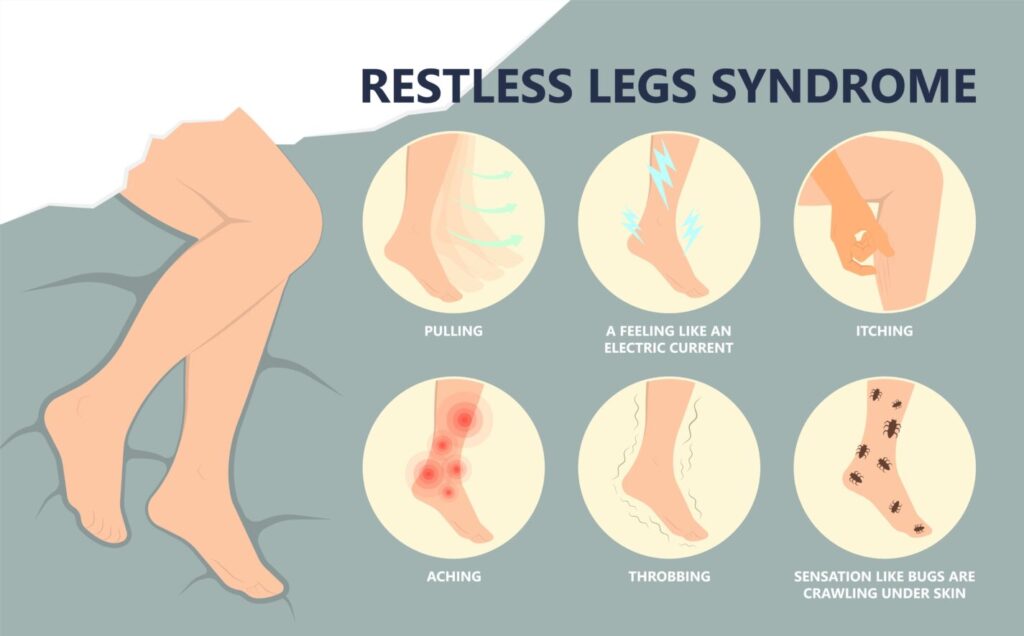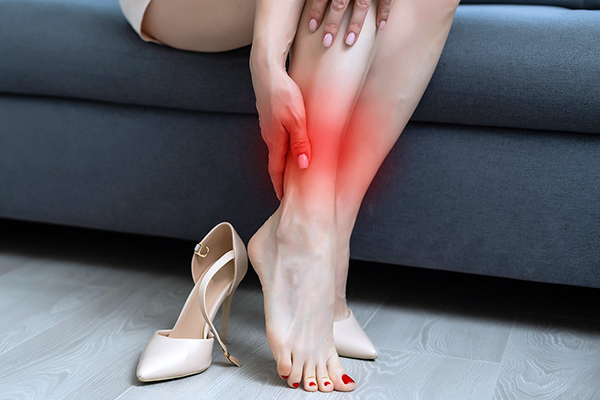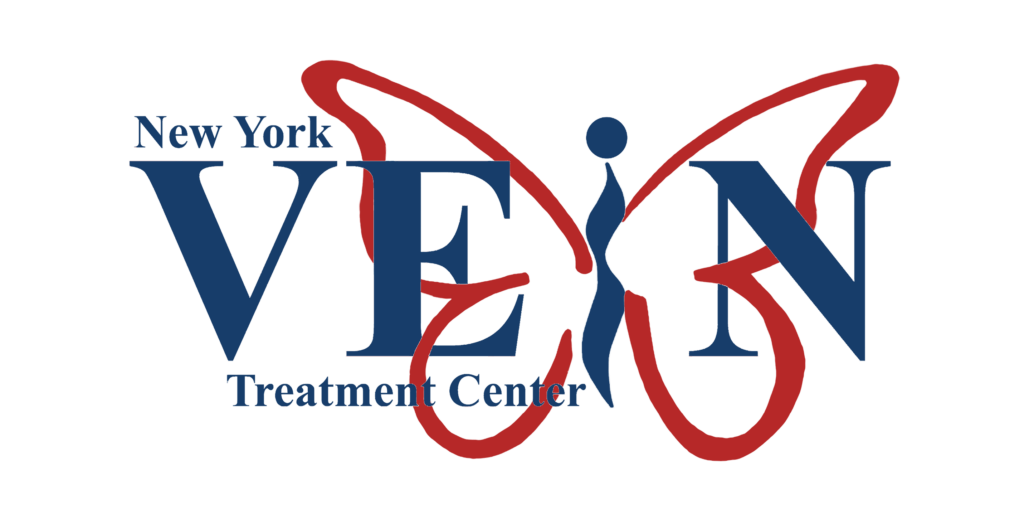Restless Leg Syndrome Treatment
Restlessness in the legs is a condition typically referred to as “restless leg syndrome,” or RLS, and is usually due to superficial venous insufficiency. Abnormalities in circulation result in a “contamination” of the muscles with end-metabolites, such as lactic acid. When the body is reclined or is in a horizontal position, such as during driving or at night, venous circulation returns to a more normal state, in which any contraction of our leg muscles can help restore efficient circulation. Unfortunately, people suffering from restless leg syndrome usually cannot find a comfortable place for their legs when lying in bed and, therefore, keep moving around when trying to fall asleep.

Symptoms of Restless Leg Syndrome
The greatest symptom is an urge to move the leg or legs. Common accompanying symptoms of RLS include:
- Sensations begin during rest. The sensation begins after lying down or sitting for an extended time, such as in a car or airplane.
- Movement provides relief. The sensation lessens with movement, such as pacing, stretching, jiggling, or walking.
- Symptoms worsen in the evening. Symptoms occur mainly at night.
- Nighttime twitching. RLS may be associated with another condition called periodic limb movement of sleep. This causes the legs to twitch and kicks while asleep.
People typically describe these symptoms as compelling, unpleasant sensations. They happen on both sides of the body, sometimes (but less commonly) affecting the arms.
The sensations, which generally occur within the limb rather than on the skin, are described as:
- Pulling
- Feeling like an electric current
- Itching
- Aching
- Throbbing
- Sensation of bugs crawling under the skin
These sensations can be difficult to explain. People with RLS do not usually describe their symptoms as muscle cramps but do consistently describe the desire to move their legs.
It’s common for symptoms to fluctuate in severity. Symptoms may disappear for periods of time and then come back again.

Charley Horses
Persistent Charley horses, or leg cramps, as well as night pain, is an indicator of “trophic changes,” or pathological developments in the tissue structure. This may indicate venous insufficiency that has gone untreated for a long time. In earlier stages of the disease, Charley horses can be relieved by rest or limb elevation; in the later stages, trophic changes lead to sensory neuropathy or damage to the nerve receptors. This damage can cause a variety of sensations – from dull cramping to severe pain. Left untreated, this tenderness can lead to decreased sensation and even numbness.
Restless leg syndrome due to superficial venous insufficiency, like any other type of pain, are a part of our defense mechanism—a signal that our body sends to our brain indicating the location and degree of damage. That is why, as with any symptom, it is incorrect to treat only the restless leg syndrome rather than the condition responsible for it.
When to See a Doctor for Restless Legs?
If you think you have restless legs syndrome (RLS), you may be wondering what type of doctor provides restless leg syndrome treatment. Dr. Khitin is a known expert in venous disorders, phlebology, and cardiovascular and thoracic medicine. Call us today to schedule your consultation. New York Vein Treatment Center has restless leg syndrome doctors in Manhattan, Brooklyn, and the surrounding New York area to help manage any symptoms and complications of venous disorders.
New York Vein Treatment Center focuses on treating restless leg syndrome and other vein disease symptoms and complications of venous disorders. Contact us to schedule your consultation.
Start Your Journey To Feeling Good Again!
Schedule your Appointment Today with NYC's most Trusted and Comprehensive Vein Treatment Center

